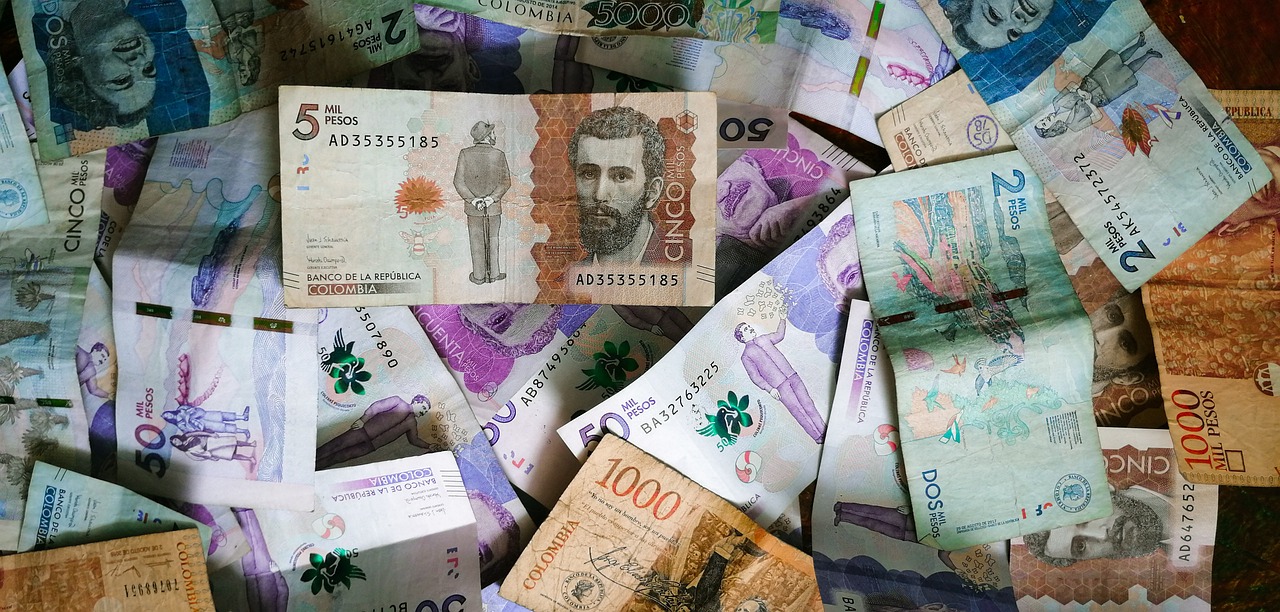Everything You Need to Know About Sending Money to the UK: A Guide to Security, Transfers, and Cost-Effective Methods
GPT_Global - 2024-01-12 15:30:06.0 450
How do I know if my money has been successfully transferred to the UK?
If you have recently sent money to the UK through a remittance service, you may be wondering how you can ensure that your transaction was successful. Fortunately, there are a few simple ways to confirm that your money has been successfully transferred to the UK.
First, you can check your bank account or online transaction history. If the amount you sent is reflected in your account balance or listed as a completed transaction, then your money has been successfully transferred to the UK. Be sure to also check for any fees or exchange rates that may have been applied during the transfer process.
You can also contact your remittance service provider directly to confirm the status of your transaction. They should be able to provide you with a reference number or confirmation code that you can use to track your transfer and ensure that it has been successfully processed.
Additionally, you can reach out to the recipient of the funds in the UK. If they have received the money, they can confirm that the transfer was successful and the amount that was received. This can also provide peace of mind that your funds have reached their intended destination.
It is important to note that the timing of your transfer may affect when the recipient receives the funds. In some cases, it may take a few days for the money to appear in their account, depending on the remittance service and the banks involved in the transfer.
In summary, to confirm if your money has been successfully transferred to the UK, you can check your bank account, contact your remittance service provider, or reach out to the recipient. With these steps, you can ensure that your money has safely and securely reached its intended destination.

Are there any security measures I should take when sending money to the UK?
When sending money to the UK, it is important to take certain security measures to ensure that your funds are safely and securely transferred. Here are some tips to help protect your remittance transactions:
1. Use a reputable money transfer service: Be sure to use a reliable and trusted money transfer service to send your funds. Look for established providers with a track record of secure transactions and positive customer reviews.
2. Verify recipient information: Before sending any money, double-check that you have entered the correct recipient details, including their full name, address, and bank account information. Any errors could cause delays or even result in your funds being sent to the wrong person.
3. Beware of scams: Unfortunately, there are many scams targeting individuals sending money abroad. Be cautious of any unexpected requests for money and never share your personal or financial information with unknown parties.
4. Use a secure network: When initiating a remittance transaction, make sure to use a secure network or Wi-Fi connection. Avoid public Wi-Fi networks, as they can be vulnerable to hackers who may potentially intercept your sensitive information.
5. Opt for additional security features: Some money transfer services offer additional security measures such as multi-factor authentication, biometric verification, and transaction tracking. Consider utilizing these features for added peace of mind.
By following these security measures, you can help safeguard your remittance transactions when sending money to the UK. Remember to always be vigilant and take necessary precautions to protect your funds and personal information.
Can I cancel a money transfer to the UK once it has been initiated?
No, once a money transfer has been initiated to the UK, it cannot be cancelled. This is because the funds have already been sent to the recipient and cannot be retrieved. In some cases, the sender may be able to request a refund if the transfer has not yet been picked up by the recipient, but this is not a guaranteed option. Therefore, it is important to double check all details before confirming a money transfer to avoid any issues or potential loss of funds.
If you do need to cancel a money transfer to the UK, it is best to contact the money transfer provider as soon as possible. They may be able to put a stop on the transaction before it is processed or provide assistance in retrieving the funds. However, keep in mind that there may be fees associated with cancelling a transfer, so it is important to clarify this with the provider beforehand.
To avoid any potential issues with cancelling a money transfer, it is important to always double check the recipient's details, such as their name and account information, before initiating the transfer. It is also a good idea to confirm the currency exchange rate and any fees associated with the transfer to ensure that you are getting the best deal.
Furthermore, it is recommended to use a reputable and reliable money transfer provider when sending funds to the UK. This will not only give you peace of mind, but also ensure that your money is safely and securely transferred to the intended recipient without any unexpected hiccups.
In conclusion, cancelling a money transfer to the UK is not a simple process and may not be an option once the transfer has been initiated. To avoid any complications, it is important to double check all details and use a trusted money transfer provider when sending funds overseas. This will ensure a smooth and hassle-free experience for both the sender and recipient.
Are there any restrictions on the types of accounts I can send money to in the UK?
The UK has various restrictions on the types of accounts that can receive money through remittance services. Here are some of the most important ones to keep in mind:
- Bank Accounts: Most remittance services in the UK are limited to sending money only to bank accounts. This means that the recipient must have a bank account in order to receive the funds.
- Prepaid Cards: Some remittance services may allow you to send money to prepaid cards, but this is not a common option in the UK. It's best to check with the specific service provider to see if they allow transfers to prepaid cards.
- Cash Pickup Services: While you may be able to send money to cash pickup locations in other countries, this option is not available within the UK. All domestic transfers must go to a bank account.
- Business Accounts: Remittance services may have restrictions on sending money to business accounts, as these types of accounts are often used for commercial purposes and may require specific documentation. Again, it's best to check with the service provider for their policies on business accounts.
Remember, it's important to always provide accurate information when sending money through a remittance service, as any errors could delay or even cancel the transfer. If you're unsure about any restrictions or requirements, be sure to reach out to the service provider for clarification. Knowing the limitations on types of accounts in the UK will help ensure a smooth and successful transfer for both the sender and recipient.
What is the most cost-effective way to send money to the UK?
Sending money to the UK can be quite expensive, especially if you're not using the most cost-effective method. Fortunately, there are several options available that can help you save money on remittance fees. Here are some of the most cost-effective ways to send money to the UK.
1. Online Money Transfer: One of the most cost-effective ways to send money to the UK is through online money transfer services such as TransferWise, WorldRemit, and Xoom. These services offer competitive exchange rates and low fees, making it a more affordable option compared to traditional banks.
2. Direct Bank Transfer: If you have a bank account in the UK, you can make a direct bank transfer from your account to the recipient's account. This method is usually free or has minimal fees, but it may take longer for the money to reach its destination.
3. Mobile Money Transfer: Mobile money transfer apps like PayPal, Venmo, and Cash App also offer a convenient and cost-effective way to send money to the UK. These apps allow you to link your bank account and transfer money at a lower cost than traditional banks.
4. Compare Rates: Different remittance providers and banks offer different exchange rates and fees, so it's important to compare them before making a transfer. Look for providers with competitive rates and lower fees to save on your remittance costs.
5. Avoid Credit Card Payments: While it may be tempting to use your credit card to send money to the UK, it's not the most cost-effective option. Credit cards often come with high transaction fees and interest rates, which can significantly increase your total cost of sending money.
By using these cost-effective methods, you can save money on remittance fees and ensure that your loved ones receive the full amount of money you send. Remember to always compare rates and choose the most suitable option for your needs to make the most cost-effective transfer to the UK.
About Panda Remit
Panda Remit is committed to providing global users with more convenient, safe, reliable, and affordable online cross-border remittance services。
International remittance services from more than 30 countries/regions around the world are now available: including Japan, Hong Kong, Europe, the United States, Australia, and other markets, and are recognized and trusted by millions of users around the world.
Visit Panda Remit Official Website or Download PandaRemit App, to learn more about remittance info.



